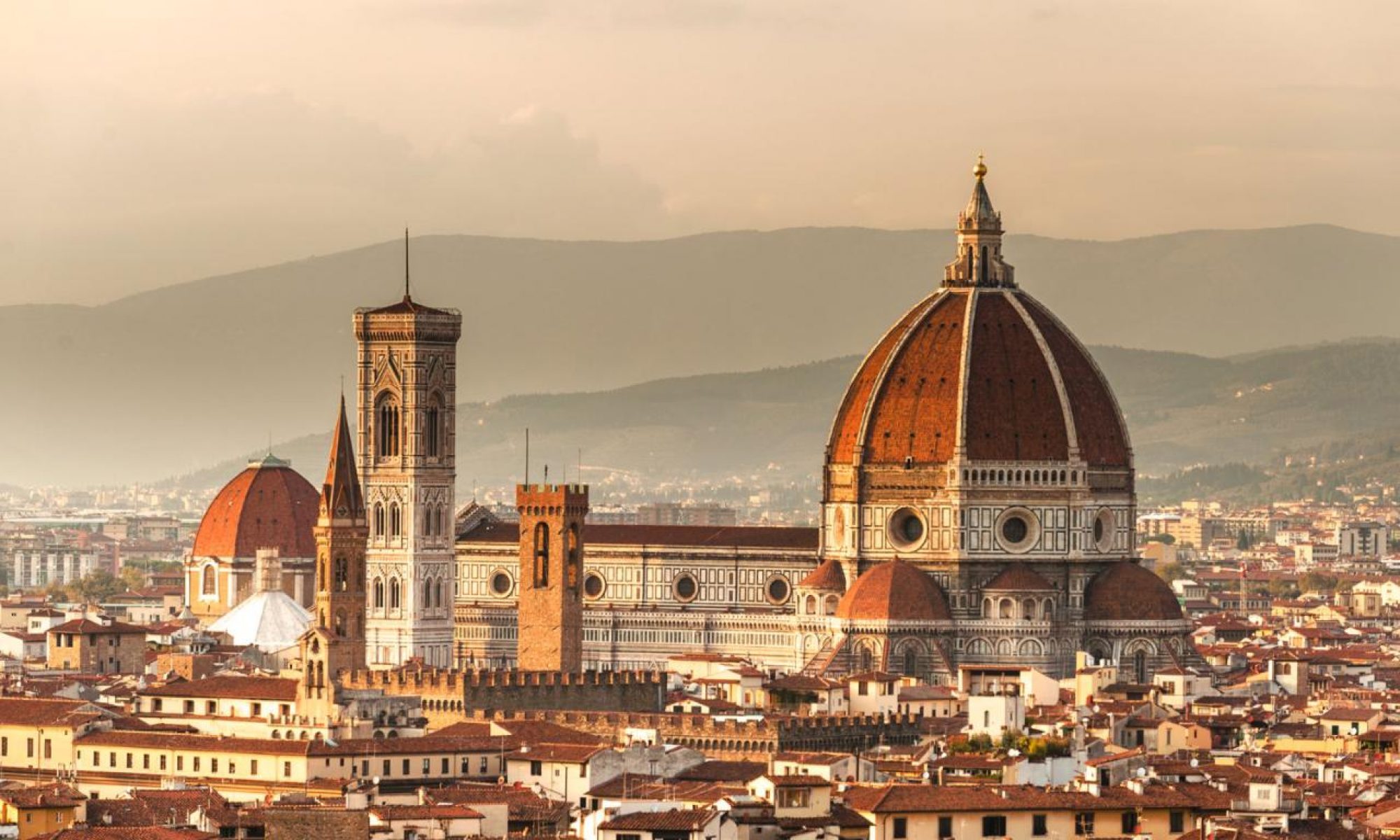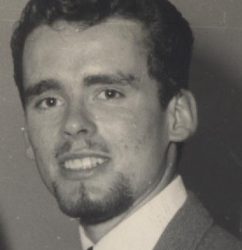My last posting was from my new book on using movies to teach English. It contained a movie report on “Casablanca” that was written by a grade eleven student. My next postings will also be taken from the book. The following is also from chapter one. It’s a list of movies that I like, several of which I have used successfully in the classroom.
GOOD MOVIES TO WRITE REPORTS ON
Here are some titles which I think would go over well in the classroom.
[Note from January 16, 2019: Later in this chapter I write about teaching with movies and their eponymous books in tandem. I use five of the books listed below to show how they complement the movies made from them: different but complementary: Gone with the Wind, Jane Eyre, Of Human Bondage, White Fang and one other (I am having a senior moment…) My main goal is to get my students reading, not just in class to get credit, but as something that will enrich and delight them throughout their whole life.]
The Agony and the Ecstasy (based on the novel by Irving Stone) The story of Michelangelo and the painting of the Sistine Chapel.
All Quiet on the Western Front (based on the novel by Erich Remarque) A young German discovers the horrors of fighting France in the trenches of World War One.
Babe A poignant story of animals who talk and an orphaned pig who learns to be a sheep dog. (based on The Sheep-Pig, a novel by Dick King-Smith)
Ben Hur (novel by Wallace Lewis) The story of an aristocratic Jew who is made a galley slave of the Romans then strangely rises to become the adopted son a Roman admiral.
Black Robe Excellent view of what the French-Canadians had to face in their conversion to Christianity work with the Hurons. Very few movies have been made on this interesting subject. (novel by Brian Moore)
Brave Heart (novel by Randall Wallace)
The Bridge over the River Kwai (novel by Pierre Boulle) In 1943 five hundred British soldiers are forced by the Japanese to build a bridge over a river in Thailand. See section 10, below, for a sample passage.
The Call of the Wild (novel by Jack London) See section 10, below, for a sample passage.
Captains Courageous (novel by Rudyard Kipling) A listless, unhappy rich boy falls overboard in the Atlantic and is rescued by a Portuguese fishing boat. He learns some valuable lessons about himself and life.
Carrie (novel by Stephen King)
Christine (novel by Stephen King)
Cinema Paradiso. Very interesting the young boy becomes a projectionist’s helper and gets a good basic liberal education by seeing hundreds of movies several times. (Screenplay by Giuseppe Tornatore)
Doctor Zhivago (novel by Boris Pasternak) This is a film-making masterpiece.
The Duelists Dispels any notion that it takes two to start a fight. (short story by Joseph Conrad)
East of Eden (novel by John Steinbeck) A subtle study in parental alienation.
The Gladiator (novel by Ben Kane) A Roman general is driven into slavery by the young emperor. He becomes a famous gladiator and seeks revenge.
The Godfather (novel by Mario Puzo) The story of the Corleone family and how they run their “business” in New York City and Las Vegas.
Gone with the Wind (novel by Margaret Mitchell) The American Civil War and its effect on a few families in Georgia. See section 10, below, for a sample passage.
Great Expectations, 1946 version. (novel by Charles Dickens) An excellent example of post-war gothic style although Mills is far too old for the part. This movie doesn’t begin to convey the complexity of the novel.
Jane Eyre (novel by Charlotte Bronte) See section 10, below, for a sample passage.
Kidnapped (novel by Robert Louis Stevenson) The uncle of a young man prevents him from claiming his inheritance by having him kidnapped on a ship bound for the American colonies. The young man is rescued by a Highland Scot who is loyal to Bonnie Prince Charlie.
Lawrence of Arabia (screenplay)
The Man Who Shot Liberty Vallance (adapted from a short story by Dorothy Johnson)
Midway (screenplay) A realistic account of the great American naval victory that took place north-west of Hawaii in 1942.
Les Misérables (novel by Victor Hugo)
Mutiny of the Bounty (report by William Bligh) Overall the best version is still the Laughton-Gable one.
My Fair Lady (based on the play, Pygmalion, by George Bernard Shaw) One of the best musicals ever made in my opinion.
Of Human Bondage (novel by Somerset Maugham) See section 10, below, for a sample passage.
Papillon (novel by Henri Charrière). I use this as an example in the apendix.
Paths of Glory (novel by Humphrey Cobb)
The Quiet Man (short story by Maurice Walsh)
Rebel without a Cause (play by Robert M. Lindner)
Schindler’s List (book by Thomas Keneally)
The Sea Wolf (novel by Jack London)
The Shawshank Redemption (book by Stephen King)
Spartacus (novel by Howard Fast)
Tess of the Durbeyvilles (novel by Thomas Hardy)
The Thirty-nine Steps (novel by John Buchan)
Tunes of Glory (novel and screen play by James Kennaway)
Twelve Angry Men (novel by Reginald Rose)
Von Ryan’s Express, by David Westmeier
White Fang (novel by Jack London)
Zorba the Greek (novel by Nikos Kazantzakis)
For my lady readers: If you find my list somewhat weighted towards movies about war (twenty of them) I would suggest you balance it off by adding movies that appeal to women, e.g., The Little Foxes, Splendor in the Grass, etc. One might object to violence in war movies but it is a vital part of their message and in many cases they do contain much food for thought. Working with war movies like the ones above might do wonders to motivate some of the young men in your class.
Many movies definitely were not made with school children in mind so it would be wise to ward off problems by getting administrators and parents on-side. Possibly send home a letter for parents to sign their approval.






